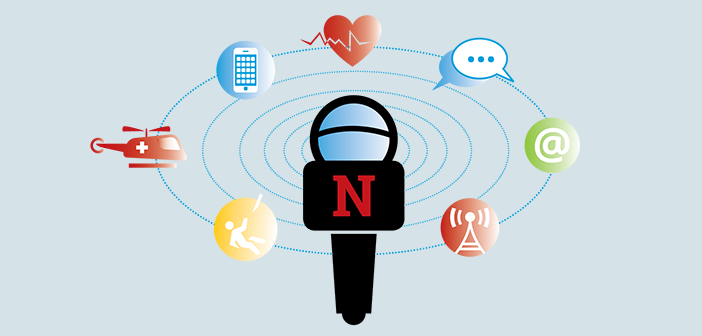WHO’S GOT YOUR BACK?
When something bad happens, it’s common to feel besieged. But if you plan properly, you’ll find you actually have lots of resources.
Support starts with your legal counsel and your insurance carrier, who can help in myriad ways. Your trade association(s) can also help, and in many cases, vendors can provide you with technical assistance (and sometimes, even specialty spokesperson services).
To an extent, local law enforcement or rescue personnel may be helpful; if they’re called to manage either a rescue or investigation on your premises, they’re technically responsible for public communications related to the incident anyway.
This doesn’t mean that you can pass the ball to them; your situation may be a low priority for them, and not all agencies have skilled spokespeople, either. But maintaining a good relationship with these agencies is a good idea.
Speaking of relationships, develop one with a skilled public relations agency that has both good crisis management capabilities and experience with events that are analogous to the types of things that can happen in your business. Agencies can help in many ways, such as performing legwork and news tracking you’ll be too busy to manage yourself.
ARE YOU LISTENING?
It’s one thing to release information. But you need to pay attention to what’s being reported—and said—in news and conventional media channels. You need to be able to tell if the media’s getting the story wrong, and why.
You also need to understand what to do about that when it happens. Hint: the press rarely retracts or corrects stories; you really only have one chance to get things right. This is why training in advance of an incident is so important.
WHAT TO DO?
Any organization that engages in activities that present risk to the public needs to be ready for the inevitable accident. Organizations like Disney World, which completely controls the guest experience and has redundant safety and security systems on every attraction, still have major events. Disney also has the protocols in place to respond.
So be prepared with the following tools:
- Spokespeople who have been trained to work with reporters in bad-news situations (minimum of two).
- An Emergency Communications Plan that identifies the human and physical resources necessary to manage a high-visibility incident. Include simple guidance on various systems and approaches you’ll use, tracking mechanisms, personnel assignments (24-hour access, please), along with contact information for in- and out-of-house support. Create a few templates for press releases and statements for the kinds of scenarios that might happen.
- Regular practice. It’s one thing to have a plan. But if you don’t test it every once in a while, you won’t know if yours works until it’s too late to change it. Annual practice scenarios are a very good idea. Tabletops are fine; if you can simulate an event and bring in local first-response agencies, even better.
And here’s something else to consider: If you have trained personnel and good systems for dealing with bad news, you’ll do a much better job when friendly reporters come to call. Establishing your communications system has upside benefits as well.



